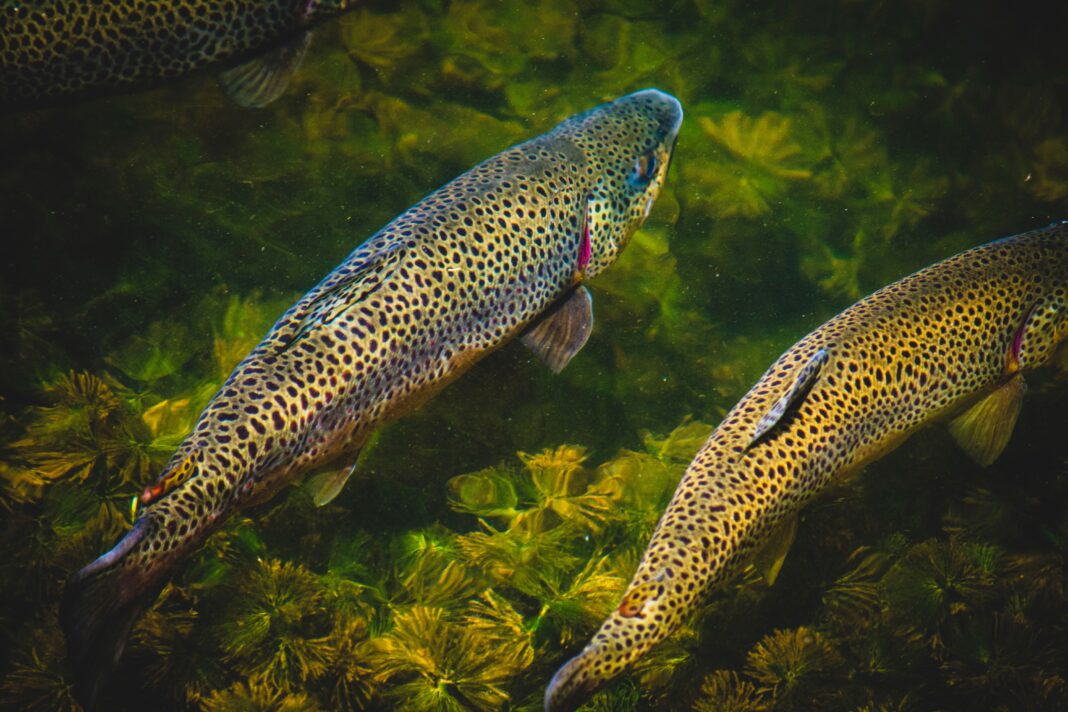CALIFORNIA—The state of California will kill 3.2 million trout in an effort to stop an outbreak of a bacterial infection that has been spreading through hatcheries and threatening trout populations and California’s hatchery business, wildlife officials said Monday.
The trout that have been affected are used to stock waterways for recreational fishing, and are in two hatcheries: one is located in Owens Valley in the eastern Sierra, and the other is located in Victorville, near Los Angeles.
The fish have been infected with a strain of bacteria known as Lactococcus garviae, which is related to the bacteria species streptococcus, wildlife officials have explained. Officials from the California Department of Fish and Wildlife (CDFW) tried treating the fish first, but after failed efforts they have been left with little choice, but to euthanize them. A statement from CDFW states: “Officials attempted to treat the fish by giving them antibiotics and immune-stimulating feed. However, these efforts failed to yield results according to CDFC hatchery environmental program manager Jay Rowan.”
The hatchery in Victorville first reported the infection in April, and about 60,000 fish have since died. Infected fish usually show symptoms such as “bulging eyes, lethargic or erratic swimming and increased mortality, or be asymptomatic and show no signs of infection,” the CDFW added. Transmission to humans or other animals is rare and highly unlikely, but the decision to euthanize the fish is an effort of precaution to protect the fishing industry and to keep the overall trout population healthy for the future.
“Euthanizing our hatchery stocks was not a decision we cam to lightly, but it has to be done. This bacterium is resistant to all the treatment options we have available for fish. The fish losses were getting worse despite our treatments. The best option we have available that will get us back to planting fish from these hatcheries in the shortest timeline is to clear the raceways, thoroughly disinfect the facilities and start over,” said CDFC hatchery environmental program manager Jay Rowan in a news release.




